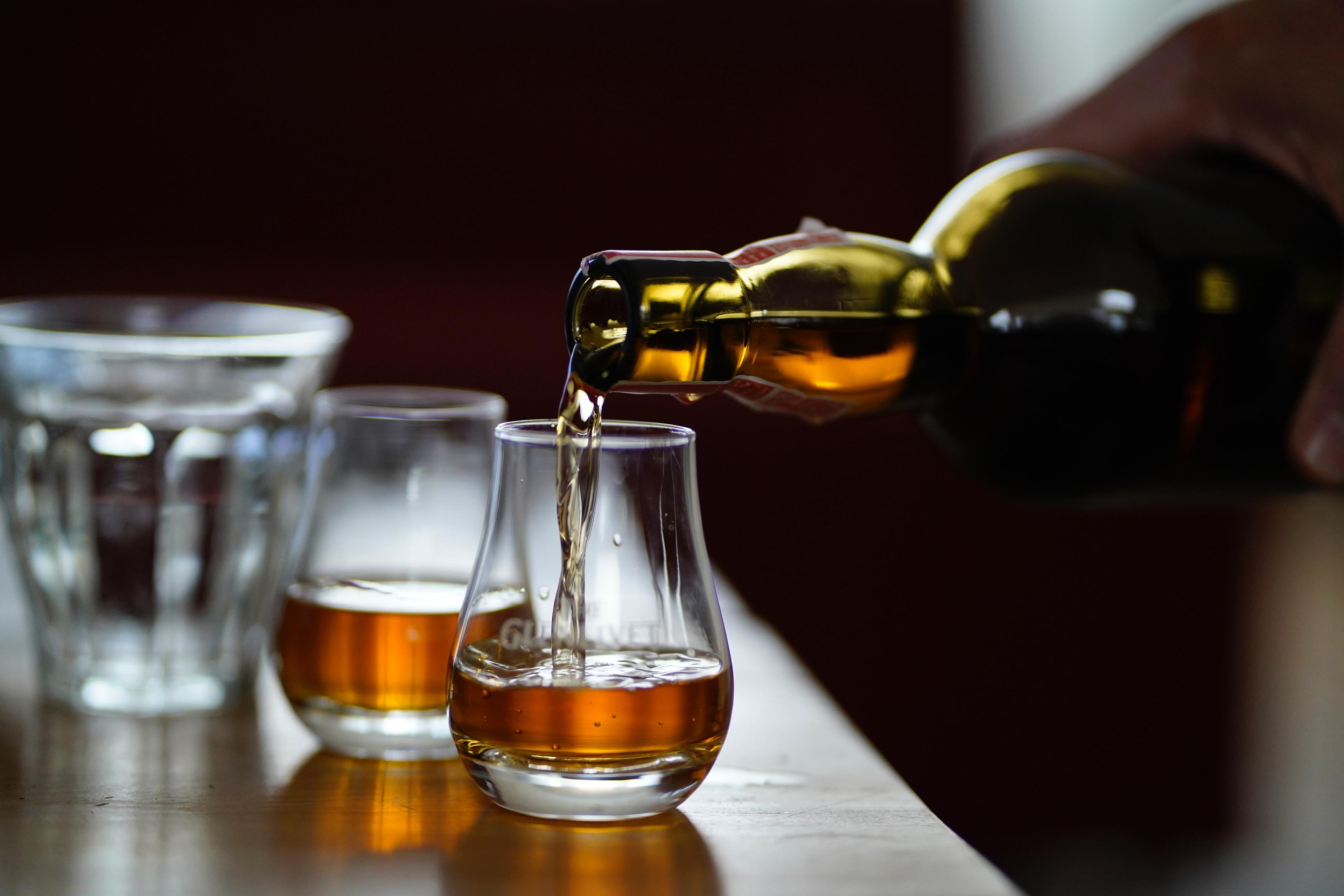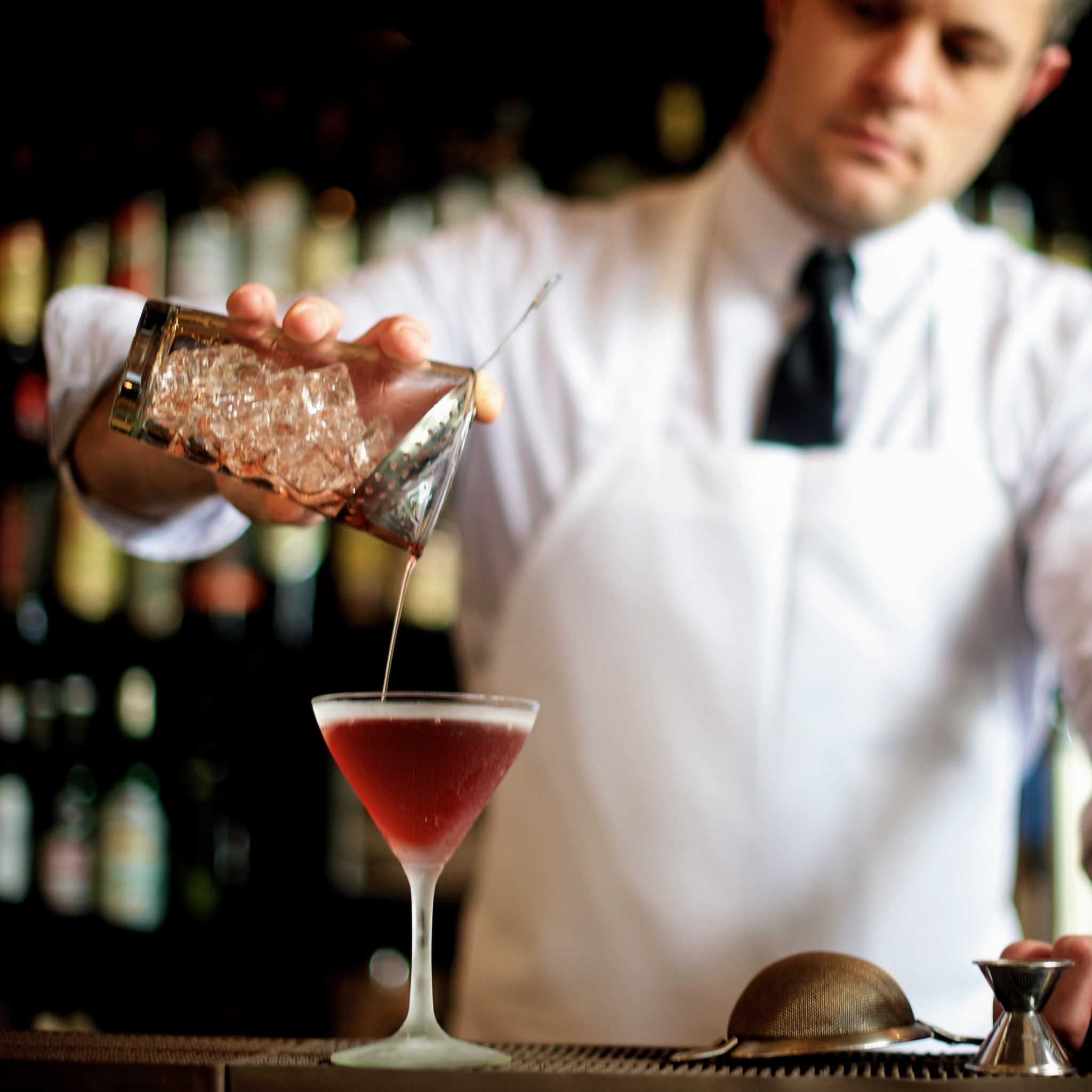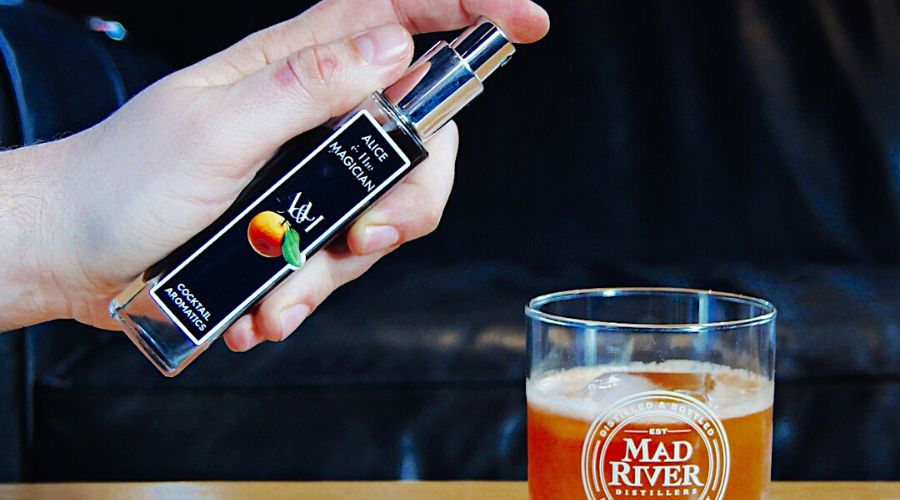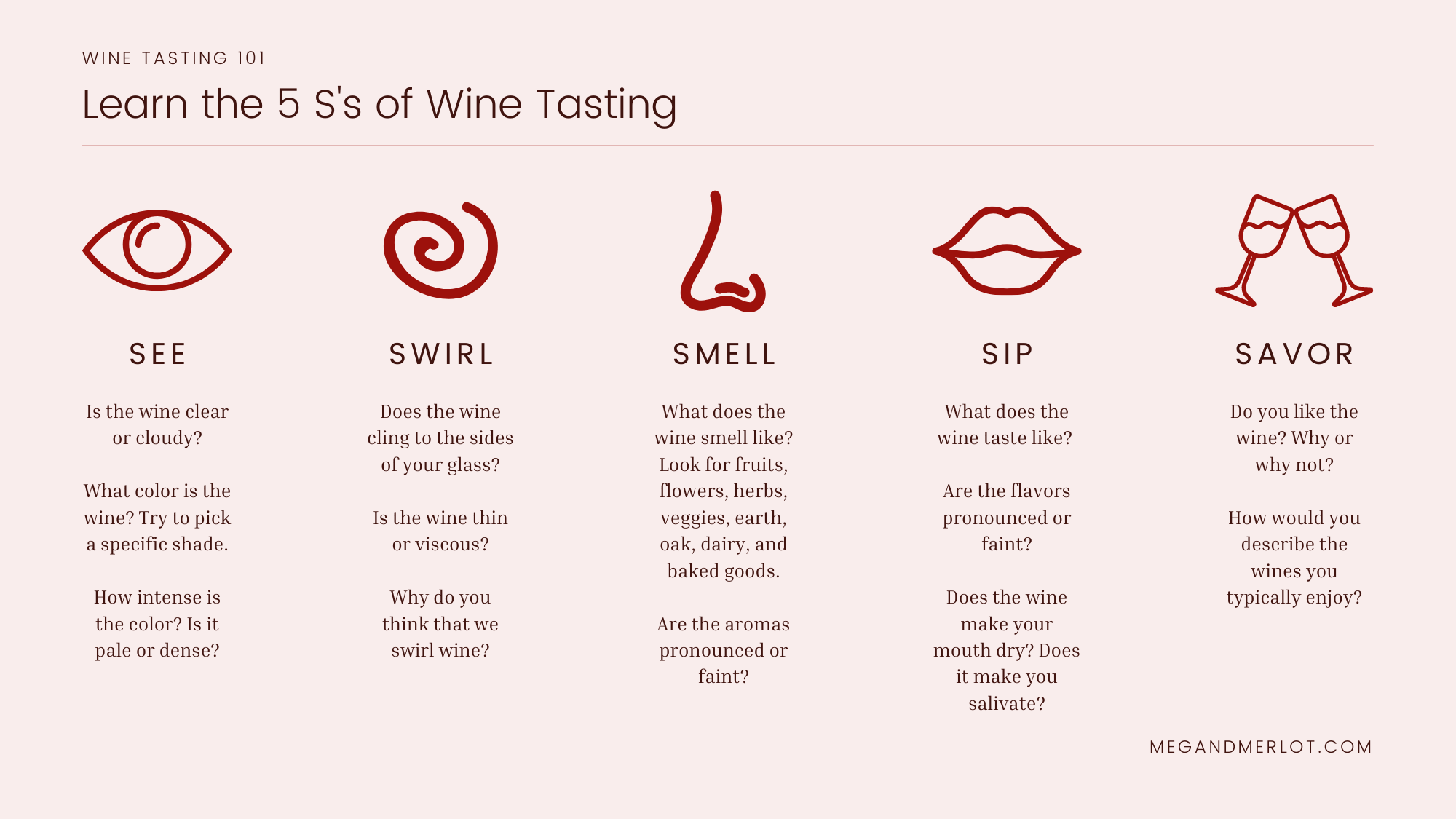Welcome to the ultimate guide on how to drink spirits! Whether you’re a novice or a seasoned connoisseur, this guide will delve deep into the various methods of enjoying your favorite spirits, such as whiskey, bourbon, vodka, gin, and more.
Drinking spirits is an art that combines tradition, science, and personal preference. From understanding the nuances of different types of spirits to mastering various methods of drinking them, this guide will help you appreciate the rich and diverse world of spirits.
Methods of Drinking Spirits
Neat

Drinking a spirit “neat” means serving it plain, without any mixers, ice, or water. This method allows you to fully appreciate the spirit’s flavor profile and aroma. Here’s how to do it:
- Pour: Measure out about two ounces of the spirit into a glass.
- Glass: Use a NEAT glass, designed to enhance aroma by trapping heavier molecules.
- Taste: Sip slowly, letting the spirit coat your palate.
Straight Up

“Straight up” can be a bit confusing, as it involves chilling the spirit before serving it without ice. Here’s the process:
- Chill: Shake or stir the spirit with ice.
- Strain: Pour the chilled spirit into a glass, leaving the ice behind.
- Serve: Ideal for cocktails like martinis and manhattans.
On the Rocks

“On the rocks” means serving the spirit over ice. This method cools the drink and slightly dilutes it as the ice melts, which can mellow out stronger flavors:
- Ice: Use large ice cubes or a single large ice ball to slow dilution.
- Pour: Measure out the spirit and pour it over the ice.
- Enjoy: Sip and savor the evolving flavors as the ice melts.
With Water

Adding a splash of water to your spirit can open up its flavors and aromas. This method is particularly popular with whiskey:
- Pour: Measure out the spirit into a glass.
- Add Water: Use a dropper or a spoon to add a small amount of water.
- Mix: Swirl the glass gently to mix.
- Taste: Notice how the flavors change with the addition of water.
Cocktails

Cocktails are mixed drinks that combine spirits with other ingredients such as fruit juice, soda, or other spirits. Popular cocktails include the Old Fashioned, Margarita, and Gin and Tonic. Here are some tips for making great cocktails:
- Quality Ingredients: Use high-quality spirits and fresh ingredients.
- Balance: Aim for a balance of sweet, sour, bitter, and umami flavors.
- Presentation: Garnish and presentation can elevate the drinking experience.
Choosing the Right Glassware
The right glassware can enhance the flavors and aromas of your spirit. Here are some recommendations:
- NEAT Glass: Ideal for tasting spirits neat.
- Rocks Glass: Best for spirits served on the rocks.
- Highball Glass: Perfect for cocktails with mixers.
- Coupe or Martini Glass: Great for cocktails served straight up.
Also read: Unlocking the Charm: Can We Drink Whisky in a Silver Glass?
The Five S’s of Tasting
To fully appreciate a spirit, follow these five steps:
- See: Observe the color and clarity.
- Swirl: Swirl the spirit in the glass to release aromas.
- Sniff: Take in the aromas with your nose.
- Sip: Take a small sip and let it coat your mouth.
- Savor: Notice the aftertaste and any lingering flavors.
Enhancing the Experience
Pairing Spirits with Food
Pairing spirits with the right foods can enhance both the drink and the meal. Here are some pairing suggestions:
- Whiskey: Pair with grilled meats, cheeses, and dark chocolate.
- Vodka: Complements seafood, caviar, and light appetizers.
- Gin: Goes well with smoked salmon, citrus dishes, and salads.
- Rum: Matches well with tropical fruits, barbecue, and desserts.
- Tequila: Pairs with spicy dishes, Mexican cuisine, and citrus.
- Brandy: Enjoy with roasted meats, blue cheese, and rich desserts.
Must read: Wine and Cheese Pairing: Mastering the Art for Culinary Delights
Using Aromatics

Using aromatics when enjoying spirits offers a plethora of benefits that enhance the overall drinking experience. Firstly, aromatics contribute to enhanced flavor profiles, complementing and highlighting the inherent tastes of the spirit. Additionally, they add aromatic complexity, engaging the sense of smell and amplifying the nuances of the drink. Aromatics also provide an avenue for customization, allowing drinkers to tailor their beverages to their preferences. Lastly, the visual appeal of aromatic garnishes and additions enhances presentation, making the drinking experience more aesthetically pleasing and enjoyable overall. Incorporating aromatics into spirits not only adds depth and dimension to the flavors but also elevates the entire sensory experience.
Enhancing your spirits with aromatics can elevate the drinking experience by adding layers of complexity and depth to both the flavor and aroma profiles. Aromatics are substances that release pleasant scents and flavors, which can significantly influence your perception of the spirit. Here’s a deeper dive into how to use aromatics effectively when drinking spirits:
Types of Aromatics
- Citrus Peels: Orange, lemon, lime, and grapefruit peels are commonly used. The essential oils in the peels add a fresh, zesty note to spirits, especially in cocktails.
- Herbs: Fresh herbs like mint, basil, rosemary, and thyme can infuse spirits with their unique flavors and aromas, creating a refreshing and aromatic experience.
- Spices: Whole spices such as cinnamon sticks, star anise, cloves, and nutmeg can impart warm, spicy notes that complement the richness of many spirits.
- Flowers: Edible flowers like lavender, chamomile, and hibiscus add delicate floral notes, enhancing the aromatic complexity of the drink.
- Botanicals: Ingredients like juniper berries (common in gin), coriander seeds, and angelica root can add nuanced botanical flavors.
How to Use Aromatics
- Infusion:
- Cold Infusion: Submerge aromatics in the spirit and let them steep for several hours to days, depending on the desired intensity.
- Hot Infusion: Heat the spirit gently with aromatics for a quicker infusion, often used for making spiced spirits.
- Garnishing:
- Twists and Peels: Twist citrus peels over the drink to release essential oils before dropping them into the glass.
- Herb Sprigs: Lightly slap fresh herb sprigs to release their oils and aromas, then use them as a garnish.
- Spice Sticks: Place whole spices like cinnamon sticks directly in the drink for a visual and aromatic appeal.
- Rinsing:
- Rinse the glass with a strong aromatic spirit, such as absinthe or a spiced liqueur, before pouring in the main spirit. This coats the glass with a thin layer of the aromatic spirit, enhancing each sip.
- Flaming:
- Ignite citrus peels briefly to caramelize the oils before adding them to the drink. This technique adds a hint of smokiness and a deeper citrus flavor.
- Syrups and Bitters:
- Herbal Syrups: Create syrups infused with herbs or spices to add both sweetness and aromatic complexity.
- Bitters: Use a few dashes of aromatic bitters, which are concentrated extracts made from herbs, spices, and other botanicals, to add depth to your drink.
Pairing Aromatics with Spirits
- Whiskey:
- Citrus: Orange and lemon peels.
- Herbs: Rosemary, thyme.
- Spices: Cinnamon, cloves.
- Vodka:
- Citrus: Lime, lemon.
- Herbs: Mint, basil.
- Botanicals: Juniper berries.
- Gin:
- Citrus: Grapefruit, lemon.
- Herbs: Lavender, chamomile.
- Spices: Coriander seeds.
- Rum:
- Citrus: Lime, orange.
- Herbs: Mint, basil.
- Spices: Nutmeg, cinnamon.
- Tequila:
- Citrus: Lime, grapefruit.
- Herbs: Cilantro, basil.
- Spices: Chili peppers, coriander.
- Brandy:
- Citrus: Orange.
- Herbs: Thyme, lavender.
- Spices: Cloves, star anise.
Conclusion
Drinking spirits is a multifaceted experience that combines sensory enjoyment with a deep appreciation of craftsmanship. Whether you prefer your spirit neat, on the rocks, or in a cocktail, understanding the various methods and nuances will enhance your enjoyment. Cheers to discovering the world of spirits!
I’m Chen Mina, from Vol de Nuit, who has a special passion for bartending, especially mixing wine, beer, and cooktail. Here you will find content about alcoholic beverages, I will bring you knowledge that few people know about this drink.






